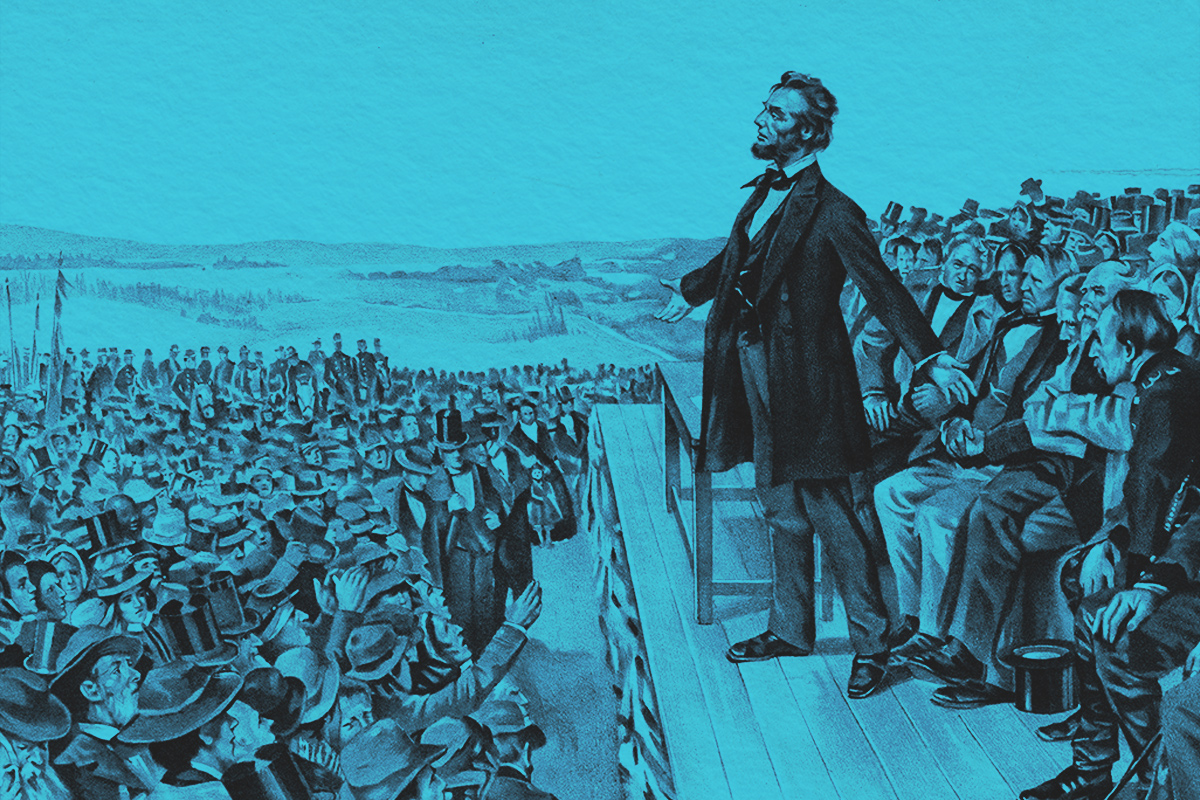
Potlucks are a great way for friends to gather and enjoy one another’s company and cooking. But they’re not a modern invention — the term is derived from a 16th-century hospitality practice. Often, guests showed up at homes or inns hoping to be fed, though there was rarely, if ever, a written menu of dishes to pick from. Instead, they would have to rely on the luck of the pot.
With only rudimentary kitchen equipment, home cooks and innkeepers often prepared one big meal in a pot for all to share. These meals rarely took into consideration the personal tastes of any one individual, and everyone ate the same dish. In the event that an unexpected guest arrived after the food was prepared, they’d have no choice but to abide by the luck of the pot. In other words, they’d have to hope the food was to their liking, as there’d be only one choice available.
Though this explains the roots of the term “potluck,” it wasn’t until the Great Depression of the 1930s that potluck meals came to be more reflective of what they are today. Large groups often gathered to share communal stews that incorporated any ingredients people had on hand. As the American economy recovered, these potluck-style gatherings became less of a necessity and more of a way for friends to share favorite recipes.
We’d also like to dispel the notion that potlucks have an association with an Indigenous American ceremony called a “potlatch” — a ceremonial gathering in which property and gifts were distributed based on social status. There’s a myth of a connection between these similar terms, but “potlatch” and “potluck” don’t share an etymological root.




















